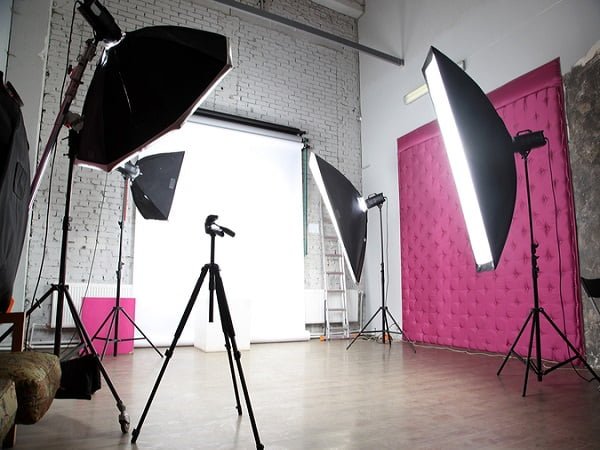Effective lighting techniques can elevate the quality of photos and videos, offering depth, mood, and definition that transform ordinary shots into extraordinary visuals. Understanding and manipulating light is fundamental for photography and videography enthusiasts to master. This section explores the essential aspects of natural and artificial lighting, laying the groundwork for creating compelling visuals through accurate lighting techniques.
The direction of light plays a crucial role in determining the texture and shadows within your frame. Side lighting can create dramatic shadows and add depth, while front lighting tends to flatten the subject but ensures even exposure. Backlighting, on the other hand, can provide a halo effect or silhouette, depending on the exposure settings, adding an ethereal quality to the scene.
The quality of light—whether hard or soft—affects the overall feel of the imagery. Hard light, typically from a direct source like the sun or a bare bulb, creates sharp, well-defined shadows perfect for emphasizing textures. Conversely, soft light, produced by overcast skies or diffused light sources, yields gentler shadows and is often used for portraiture to create a flattering, even illumination.
Color temperature is another vital aspect, influencing the mood of your visuals. Warm tones (around 2700-3200K) offer a comforting and nostalgic feel, commonly seen during sunrise or sunset. Cooler tones (around 5600K and above), like those in midday sunlight, invoke clarity and precision.
To enhance natural lighting, consider using reflectors and diffusers. Reflectors bounce light back onto the subject, filling in shadows and adding highlights. Diffusers soften the light, reducing harsh shadows and creating a more pleasing diffusion.
Artificial lighting setups, such as softboxes and ring lights, provide controlled illumination. Softboxes emit a broad, diffused light that mimics natural light’s softness, ideal for portrait and product photography. Ring lights are particularly effective for achieving even light distribution without harsh shadows, frequently used in beauty and close-up shoots.
Real-world examples demonstrate the potent impact of light manipulation. For instance, in portrait photography, a three-point lighting setup—key light, fill light, and backlight—can add a cinematic quality and emphasize facial features brilliantly. Similarly, in videography, understanding how to balance natural and artificial light sources can dramatically improve narrative storytelling.
In conclusion, mastering lighting techniques is essential for creating stunning visuals. By learning to manipulate natural and artificial lighting, understanding the nuances of light direction, quality, and color temperature, and using tools like reflectors, diffusers, softboxes, and ring lights, you can significantly enhance the output of your photography and videography projects.

